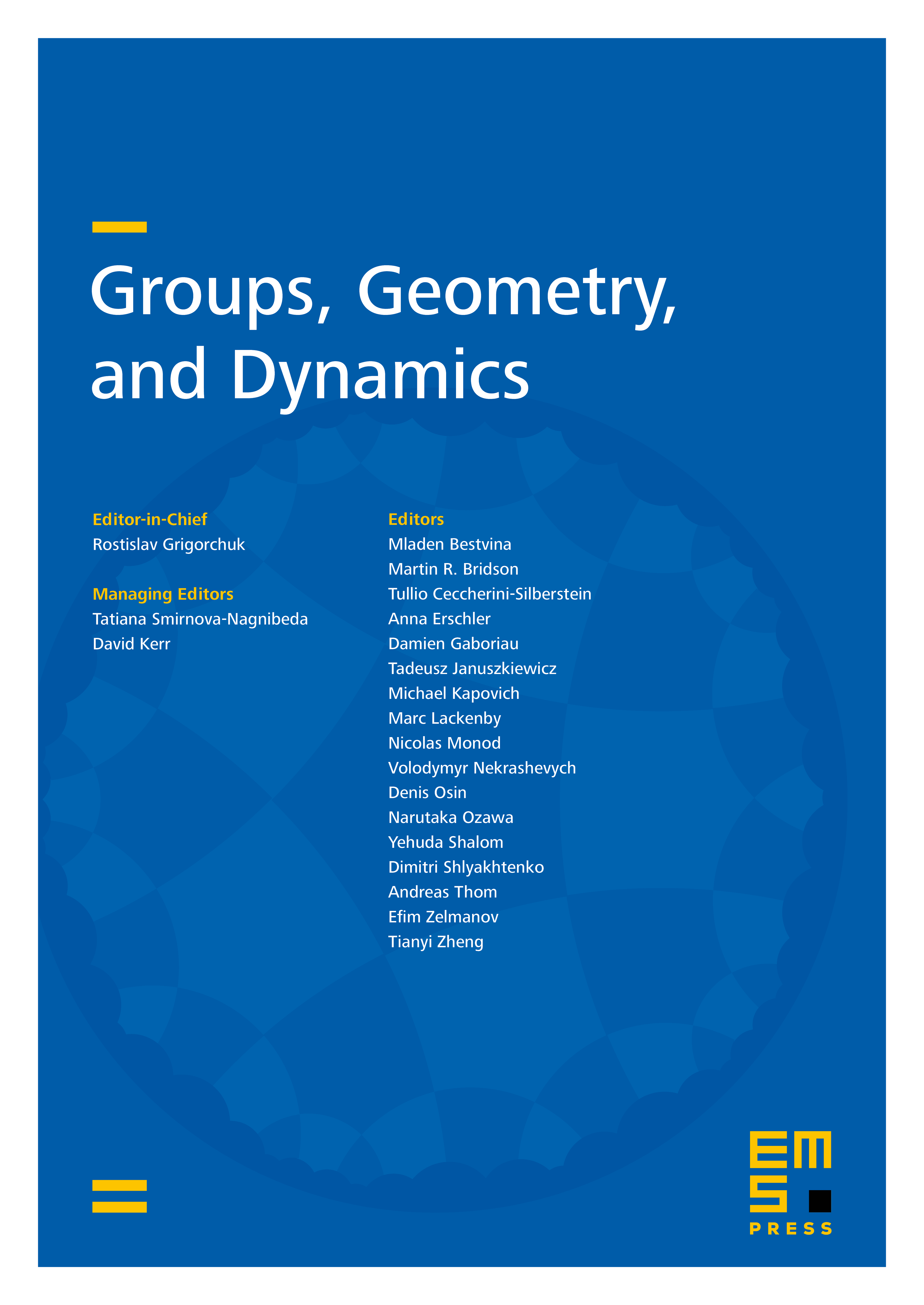A commutator description of the solvable radical of a finite group
Nikolai Gordeev
Herzen State Pedagogical University, St. Petersburg, Russian FederationFritz Grunewald
Heinrich-Heine-Universität, Düsseldorf, GermanyBoris Kunyavskii
Bar-Ilan University, Ramat Gan, IsraelEugene Plotkin
Bar-Ilan University, Ramat Gan, Israel

Abstract
We are looking for the smallest integer providing the following characterization of the solvable radical of any finite group coincides with the collection of all such that for any elements , the subgroup generated by the elements , , is solvable. We consider a similar problem of finding the smallest integer with the property that coincides with the collection of all such that for any elements , the subgroup generated by the commutators , , is solvable. Conjecturally, . We prove that both and are at most . In particular, this means that a finite group is solvable if and only if every conjugate elements of generate a solvable subgroup.
Cite this article
Nikolai Gordeev, Fritz Grunewald, Boris Kunyavskii, Eugene Plotkin, A commutator description of the solvable radical of a finite group. Groups Geom. Dyn. 2 (2008), no. 1, pp. 85–120
DOI 10.4171/GGD/32